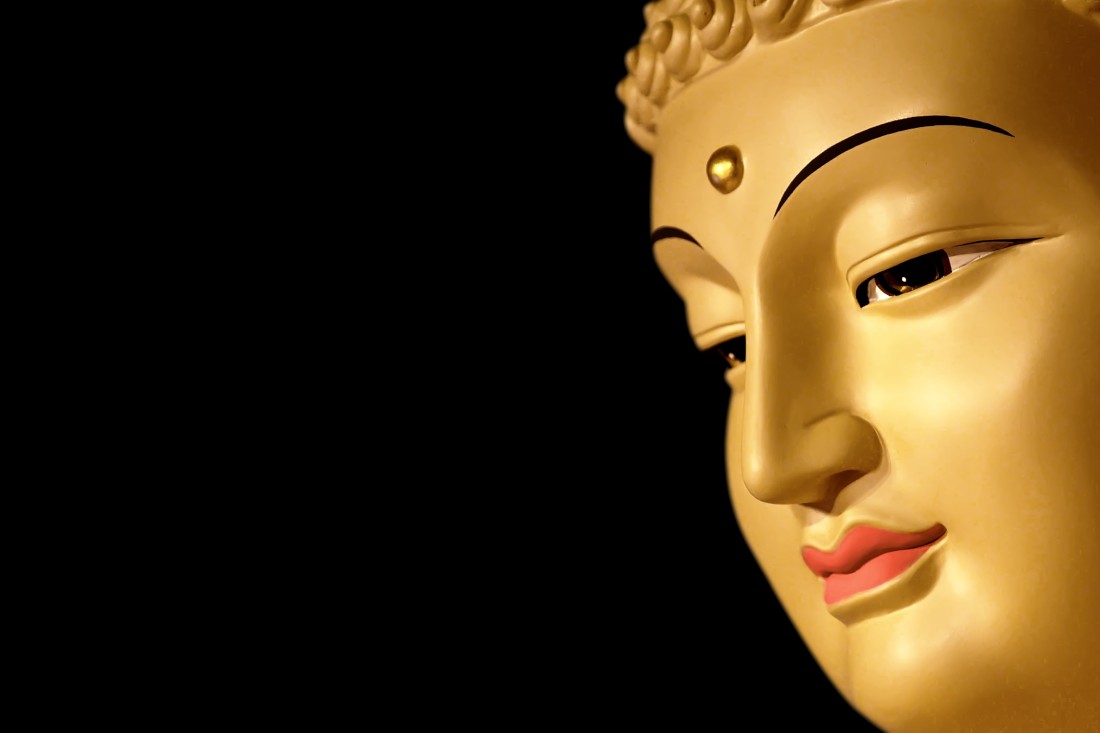A wife was burnt alive at the funeral pyre of her dead husband! Sounds gruesome, doesn’t it? Yet this barbaric practice of Sati had been prevalent in orthodox Hindu society for many centuries. This was based on a warped notion that a woman had no existence once her husband had died. Millions of women were consigned to an untimely and horrific death due to the pressures of a rigidly patriarchal system.
In the eighteenth and nineteenth centuries, after the coming of colonial rulers in India they were horrified to witness such a ritual. This was as the Sati Practice violated their faith in the Christian ethics which believes that all life howsoever insignificant is precious and a gift of God.
Raja Ramohan Roy
It was the prominent social reformer, Raja Ram Mohan Roy, who first protested against this custom. Horrified and deeply pained at witnessing his own sister-in -law committing ritual suicide at his brother’s pyre, he continued with his propaganda against the custom in spite of protests from orthodox Hindus. Finally, he succeeded in his mission when Lord William Bentinck, the then Governor General of India, passed a law in 1829 abolishing the custom of Sati.
The Commission of Sati (Prevention) Act 1987
According to this law, the practice of Sati became illegal and punishable as culpable homicide. Slowly but evidently over the next few decades this practice was socially discarded.Despite all the efforts made by independent India isolated cases were still reported. In 1987, a case of Sati, leading to a nation wide furore and demand for stringent action ,was reported from Deorala, Rajasthan. A young woman named Roop Kanwar was reportedly forced to immolate herself at the funeral pyre of her dead husband. This incident received wide publicity and as a response to the public outcry, the Government of India passed The Commission of Sati (Prevention) Act, 1987.With this act the cruel practice of Sati was banned for ever from the Indian soil.






Nice effort! Gripping read
ReplyDeleteReally informative. I can see a lot of research going in to get this information. Waiting for the next post...keep writing....
ReplyDeleteThis comment has been removed by the author.
ReplyDeleteRaja Ram Mohun Roy, 1987 and Bentinck, it mentions everything. Nice read.
ReplyDeleteWell researched and succinctly presented. ������
ReplyDeleteWell researched and succinctly presented. ������
ReplyDelete